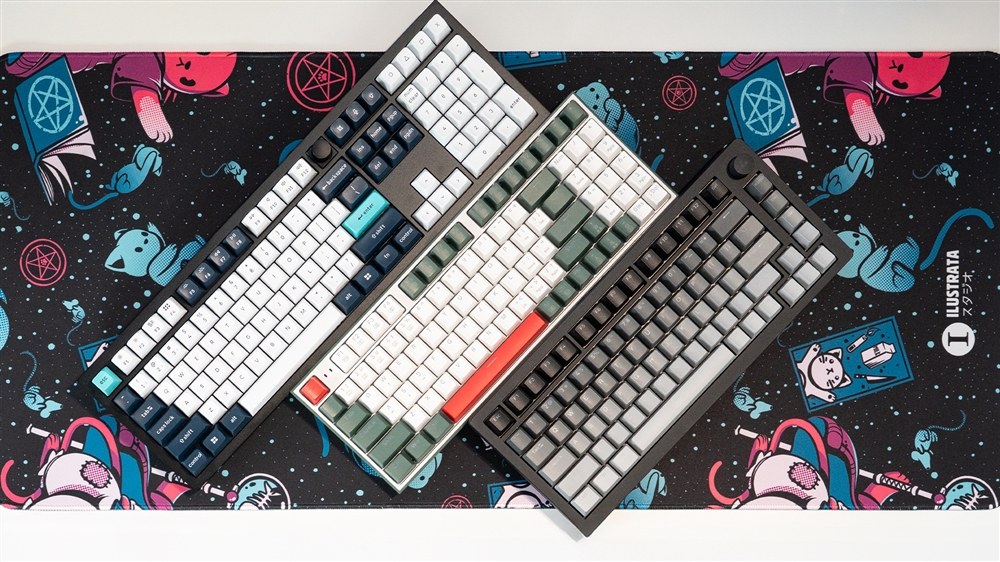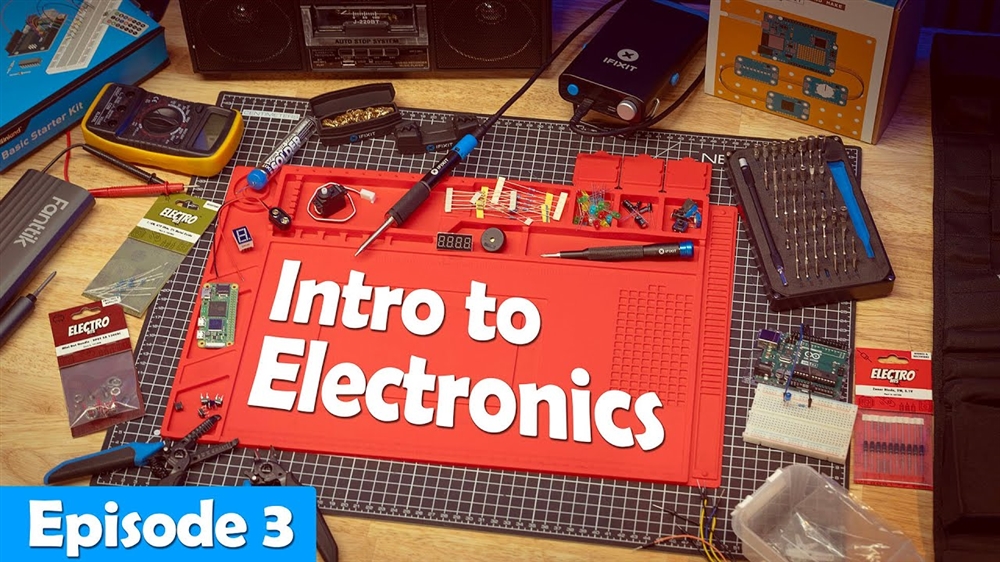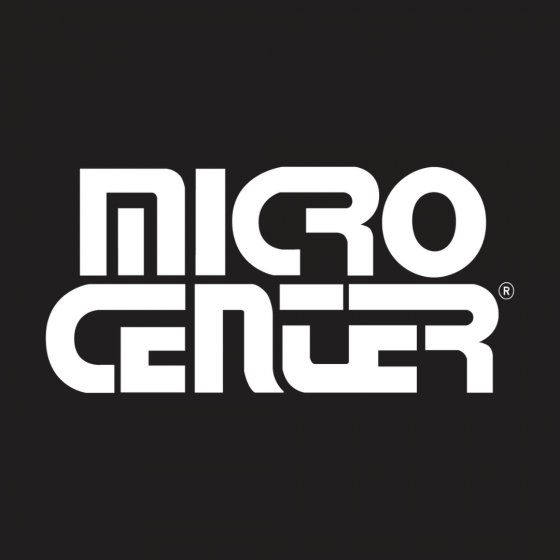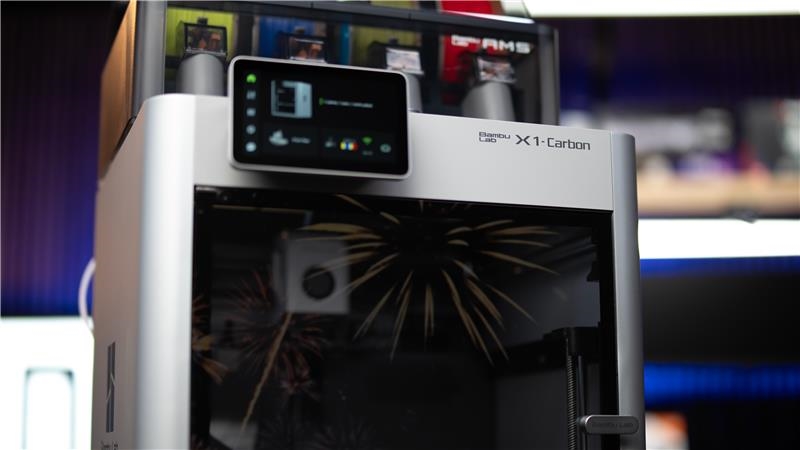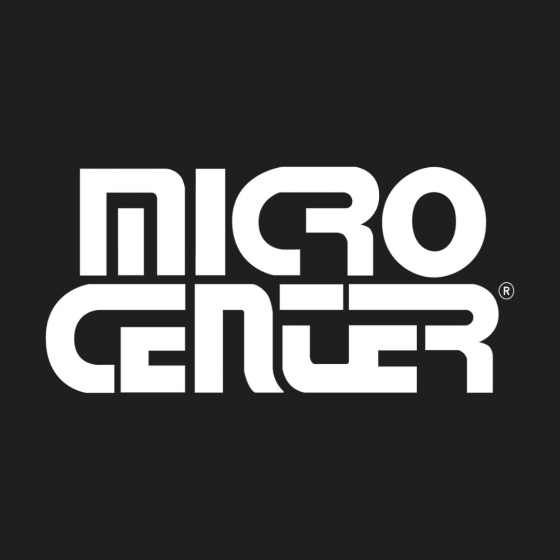The Next Generation of Gaming Processors - AMD Ryzen 9 X3D Breakdowns and 7950X3D Benchmarks
An Increase in Performance for Gaming and StreamingBuying Guides
Last year, AMD introduced their X3D line of processors with the Ryzen 7 5800X3D. Today marks the launch of the next wave of Ryzen X3D processors, starting with the Ryzen 9 7900X3D and 7950X3D (with the Ryzen 7 7800X3D to follow in April). These processors pack an extra boost for gaming and streaming thanks to AMD 3D V-Cache technology.
What's The Difference Between Non-X3D and X3D Chips?
Traditional, non-X3D chips from AMD are great CPUs for general-purpose PCs - PCs that either don't game or game and work in equal measure. AMD's X3D CPUs make a few small tweaks in order to focus more heavily on gaming. The most obvious - and important - change is the addition of AMD's 3D V-Cache technology, which opens open additional cache space for games that put extra stress on the CPU. Like the 5800X3D, these new X3D CPUs leverage a massive L3 cache - The Ryzen 9 7950X3D has more than double the L3 cache the Ryzen 9 7950X - for an uplift in performance, primarily for gaming. The introduction of that 3D V-Cache technology into AMD's top-of-the-line Ryzen 9 processors, makes them a force to be reckoned with whether you're doing professional work or gaming with friends.
The X3D chips also have a slightly lower TDP, which would theoretically result in less power draw over their traditional partners, but the increase in PPT - Power Package Tracking - re-ups the power draw to close, but now quite, the similar levels.
What Is 3D V-Cache?
Despite it sounding like Gamer Tech Jargon, the name "3D V-Cache" is exactly what it says on the tin. It is an additional cache of memory, stacked in a 3D, vertical (or V) orientation. For the Ryzen 9 7950X3D and 7900X3D, that additional cache is attached to one of the two CPU cores (as the 7800X3D is a single-core processor, that extra cache will be attached to its only core). While this extra add-on does contribute to additional frames when playing a CPU-intensive game, it also slows processing power a bit. Which is where the second core comes in.
Having a second, non-V-Cached core allows the 7950X3D and 7900X3D to direct processing power to the core that can best handle it. Gaming processes will be handled by the 3D V-cache-enabled core while CPU-intensive work processes will be handled by the other core. The result is a 14% increase in gaming performance over the previous generation of processors while maximizing work processing potential.
AMD 7000 Series X3D CPU Spec Breakdown:
AMD Ryzen 9 7950X3D
- Socket: AM5
- 16 Cores
- 32 threads
- Base clock frequency of 4.2GHz
- Max boost frequency of 5.7GHz
- 144MB total cache
- PCIe 5.0 support
- DDR5 support
- CPU cooling is not included
AMD Ryzen 9 7900X3D
- Socket: AM5
- 12 Cores
- 24 threads
- Base clock frequency of 4.4GHz
- Max boost frequency of 5.6GHz
- 140MB total cache
- PCIe 5.0 support
- DDR5 support
- CPU cooling is not included
AMD Ryzen 7 7800X3D (Coming April 6th)
- Socket: AM5
- 8 Cores
- 16 threads
- Base clock frequency of 4.2GHz
- Max boost frequency of 5.0GHz
- 14M4B total cache
- PCIe 5.0 support
- DDR5 support
- CPU cooling is not included
AMD Ryzen 9 7950X3D Benchmarks
Cinebench:
Cinebench tests processors for responsiveness and power in both intensive tasks (multi-core) and general daily usage tasks (single-core). The AMD Ryzen 7 5800X3D delivers an astronomical increase in multi-core processing power over the last generation of X3D chips.
3DMark:
3DMark's CPU Profile tests single- and multi-thread performance. Again, we have a massive jump from the previous generation, hitting nearly three times the performance at max threads and over double the performance when limited to 16 threads.
PassMark:
PassMark's CPU Mark test puts the processor through a number of different tests, including maths, physics, and compressions tests. The AMD Ryzen 7 5800X3D scored an absolutely massive 62,247 points, absolutely dwarfing the power of the previous generation Ryzen 7 5800X3D.
Comment on This Post
See More Blog Categories
Recent Posts
Watch: Intro to Electronics at Micro Center - Episode 3: Arduino and Servo Motors
In our new Intro to Electronics episode, we continue our DIY journey with some servo motors and an Arduino Kit, including code demonstration.
Continue Reading About Watch: Intro to Electronics at Micro Center - Episode 3: Arduino and Servo Motors







